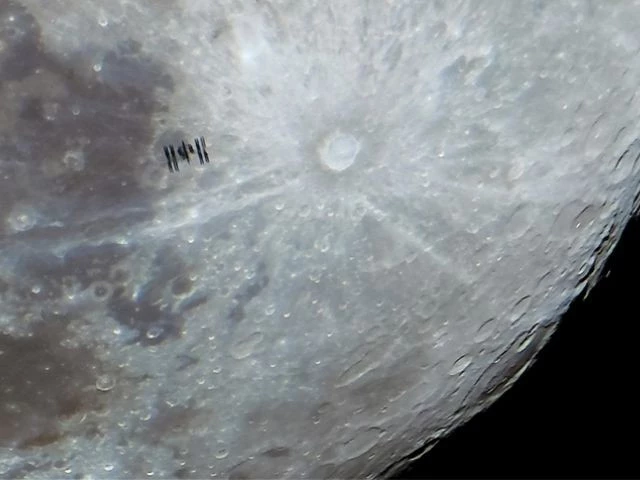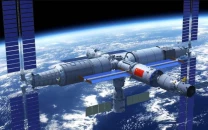Cold war-era Soviet spacecraft Kosmos 482 to return after 53 years in orbit
Kosmos 482, Soviet Venus lander launched in 1972, failed to leave Earth orbit due to rocket malfunction

A Cold War-era Soviet spacecraft is expected to make an uncontrolled reentry into Earth’s atmosphere around May 10, marking the dramatic end of a failed mission launched more than five decades ago.
Kosmos 482, a 500-kilogram Venus lander launched by the USSR on March 31, 1972, was designed to reach the surface of Venus but never made it past Earth’s orbit due to a rocket malfunction shortly after liftoff.
Originally part of the Venera program, it remained stranded in a highly elliptical orbit for 53 years.
According to Dutch satellite tracker Marco Langbroek, the capsule is now predicted to plunge through the atmosphere at roughly 242 km/h (150 mph).
The precise time and location remain uncertain, but the reentry zone spans between 52° north and 52° south latitude—covering regions from London to Cape Horn.
Built to endure the harsh conditions of Venus’ dense, hot atmosphere, Kosmos 482’s spherical descent capsule could survive reentry through Earth’s atmosphere, experts say.
However, both Langbroek and Harvard astrophysicist Jonathan McDowell note that the risk to life is extremely low, likening it to the odds of being struck by lightning.
The capsule’s heat shield could fail due to decades of exposure in orbit, causing it to burn up.
But if it remains intact, a half-ton metal object may descend at high speed. While much of the world lies in the potential reentry path, the odds favor an ocean splashdown.
Kosmos 482’s return highlights growing concerns about aging space debris.
Though smaller than China’s uncontrolled Long March 5B booster reentries, the event is a rare reminder of Cold War-era space missions still lingering in Earth’s orbit.
























COMMENTS
Comments are moderated and generally will be posted if they are on-topic and not abusive.
For more information, please see our Comments FAQ